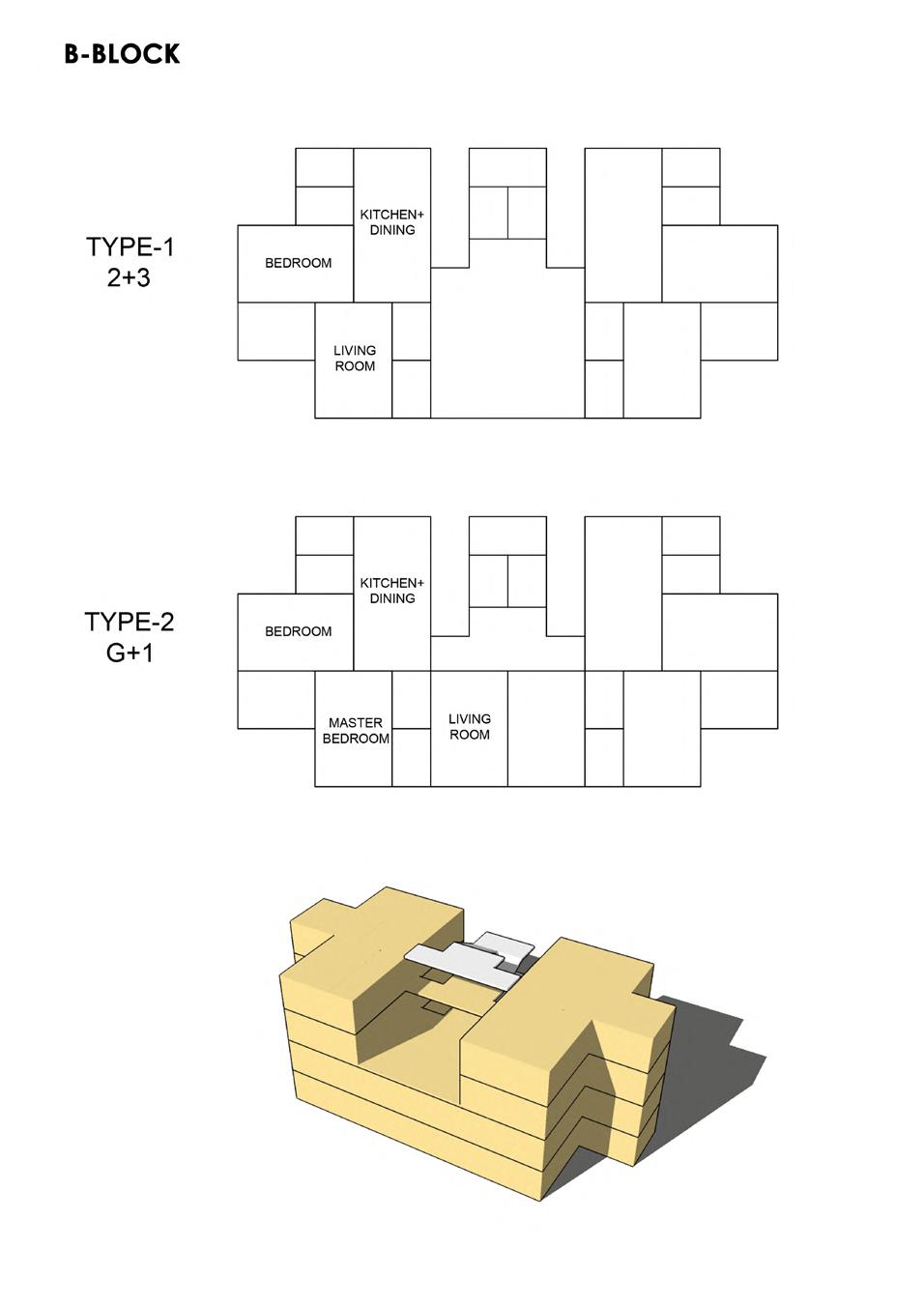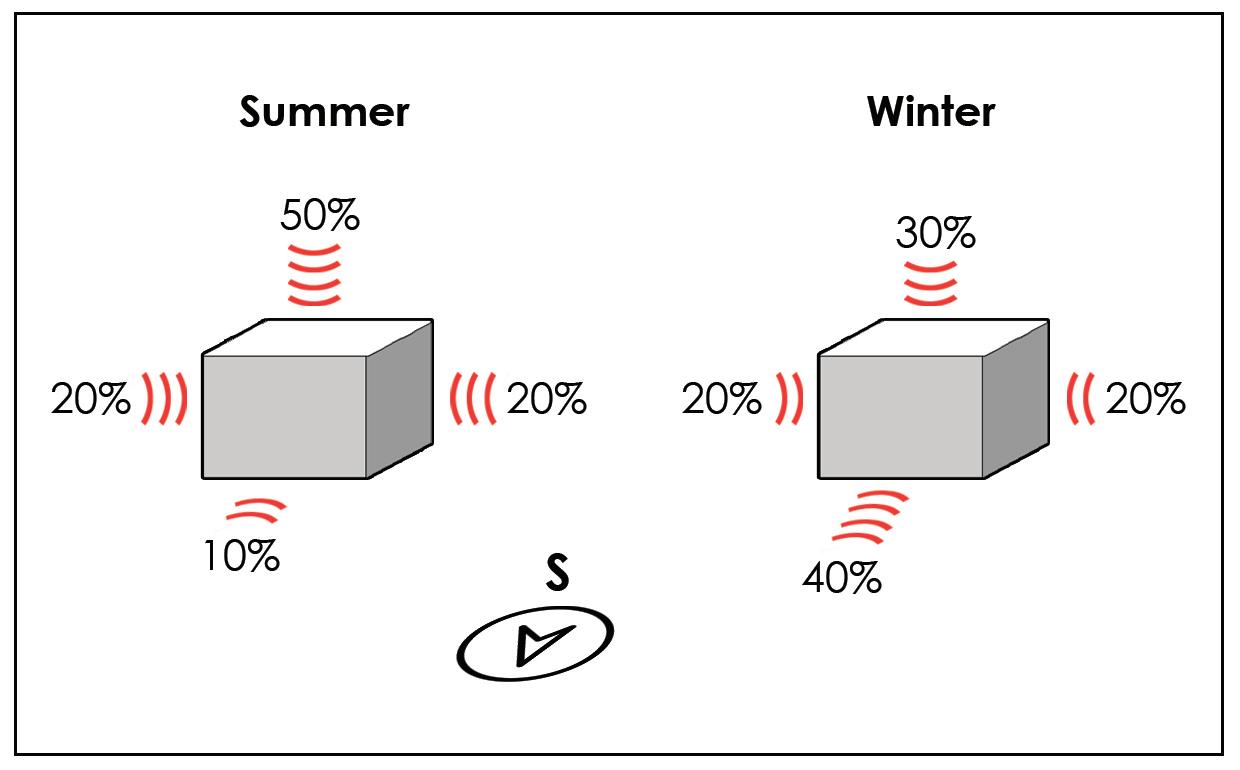
5 minute read
4.3 Metamorphosis in Construction Techniques of Trans-Himalayan region of Leh, Ladakh (Jammu and Kashmir
Alternative materials: CSEB; Earthen construction
4.3 Metamorphosis in Construction Techniques of TransHimalayan region of Leh, Ladakh (Jammu and Kashmir)
Advertisement
(by Gurjot Singh Chawla 2017)
According to the opinion survey executed and documented in this dissertation, almost 75% of the locals in Leh city rent out their homes during peak tourist season and 34% people prefer a concrete house over the traditional earth and wood construction. Over the last three decades, the population of Leh has grown thirteen times its original amount as is continuing to do so which is mainly because of the boom in the tourism industry and immigrant population from neighbouring villages which caters to the large tourist population in the summer months. The municipality is not adequately equipped to handle the pressure on the natural resources of the valley and there is an acute shortage of infrastructure in the city. Urban sprawl is evident and ever increasing as the locals build more and more guest houses to accommodate more tourists. The pure concrete construction which is done mainly to construct faster is not at all suitable for the harsh winters of Leh. The conductive properties of concrete allow it to cool down very fast, losing all the indoor heat gains at night time and artificial heating is a must in such a building. Architecture is a rare profession in Leh where contractors and structural engineer make plans at minimal rates and sell it to guest house owners. Generalizing these designs as bad could be a wrong statement but most of them ignore the basic principles of passive solar building design which is essential in Leh more than anywhere else in India. For example, the author addresses a hotel which has the biggest glass windows faced towards the east which is not sufficient to gain enough solar radiation.
The author has a peculiar liking for earthen construction. It includes construction techniques like rammed earth, adobe (sun-dried earth bricks), wattle and daub, and cob. All of these are traditional building methodologies which work efficiently in the summers as well as winters. Modern building materials discussed in the dissertation are CSEB and cement blocks. There are several innovative building techniques being used in modern construction in and around Leh, for example insulation through pashmina wool, a waste byproduct generated at the pashmina mill which is cheap and effective to trap air bubbles; Trombe wall combined with double glazing which increase solar heat gain and also works as insulation; Plastic wire mesh which is laid horizontally after every two feets in a rammed earth wall to strengthen it and give it a longer life (steel mesh is not used because of its high conductivity); Hollow concrete blocks which are not sustainable but much more lighter than the typically used concrete block, and the air inside the block provides insulation.
The greatest resource of this dissertation is the multiple case studies of both traditional architecture and sustainable modern architecture in Leh, Ladakh. The vernacular methodologies of construction are adapted according to the climate and the topology but still has some flaws because of which people make a deliberate choice of switching to modern materials. Research needs to be done on techniques using these modern materials to make the architecture more energy efficient and environment-friendly. The author discusses thermal comfort and compares the vernacular materials to be better than modern materials but does not give enough data to deduce which methodology is more
cost effective and has a lesser negative impact on the environment.
We have now attained a basic understanding of Passive Solar Building design and what kind of techniques can be implemented in the cold and dry climate of Leh. Research needs to be done on the properties of traditional and modern building materials to analyse and compare these materials on the basis of: - Thermal Conductivity (through which we can also determine their Insulation Level); - Thermal Mass (Energy storage capacity and time taken to release it). Leh receives ample sunlight during the whole year and extensive design innovations have been implemented in the Passive Solar buildings in the region, for example, the SECMOL campus, LEDeG’s Ecology Hostel, the Druk Padma Karpo school campus. A detailed case study of any one of these buildings will help us in understanding the efficiency of PSB in the Ladakh region. We have studied about design methodologies to make a building energy efficient but we have still not discussed its materials. A construction material is required which can speed up the overall process and is environment-friendly as well. Using concrete blocks and RCC. frame in building construction makes the process much faster but the lifespan of such buildings is just about 50 years after which it starts to deteriorate. What happens to a building which starts to fail structurally and can no longer function? It is demolished and a new building is constructed over it, but what happens to the debris? Although most materials from a demolition site can be reused or recycled, these practices are not known of in most parts of the country including Leh, where most of the salvageable debris is dumped into the landfill at Bomgard. Concrete is reusable but only to a certain extent. It can be crushed to form an aggregate to be used as a base course for footpaths, driveways, under building foundations, soak pits, drainage channels, etc. (BRANZ rebri) Concrete is non-biodegradable, therefore if it not reused it is a great hazard to the environment. The solution to this issue has been in front of us all along. The traditional way of building in Ladakh used the Earth as a building material which is much more cheaper, abundantly available and completely biodegradable. The only problem with rammed earth construction, the way it was traditionally done is that it is very labour intensive and requires a lot of time.
CONCLUSION
This literature review covers the construction techniques and building materials which are currently being used in Leh, Ladakh. It also discusses the vernacular architecture of Ladakh, its relation to the local culture and its declining popularity in the present context. The need of the hour is to introduce materials which do not harm the already scarce natural resources and also speeds up the construction process as per the growing needs of tourism.






